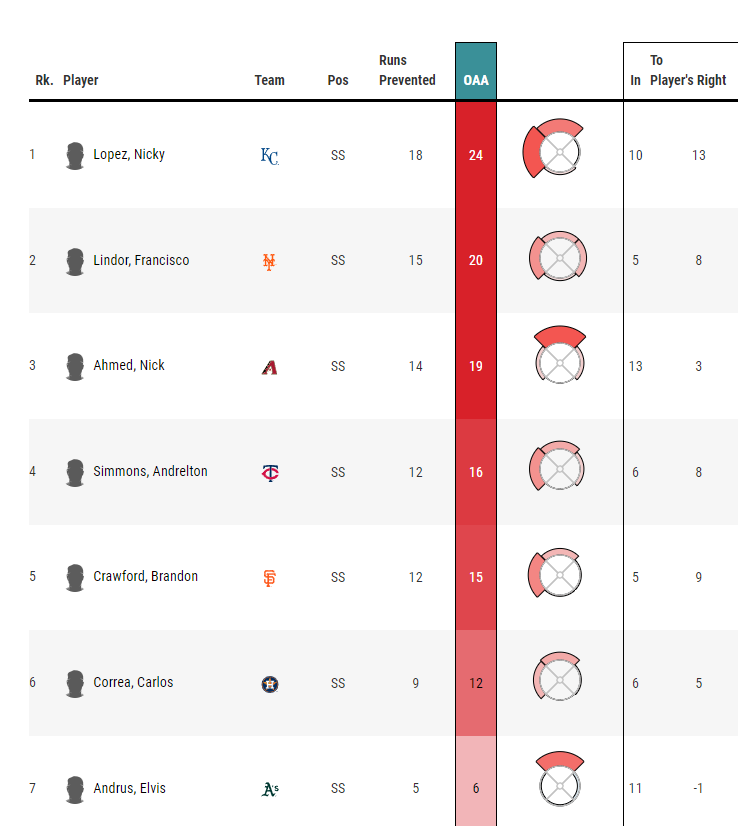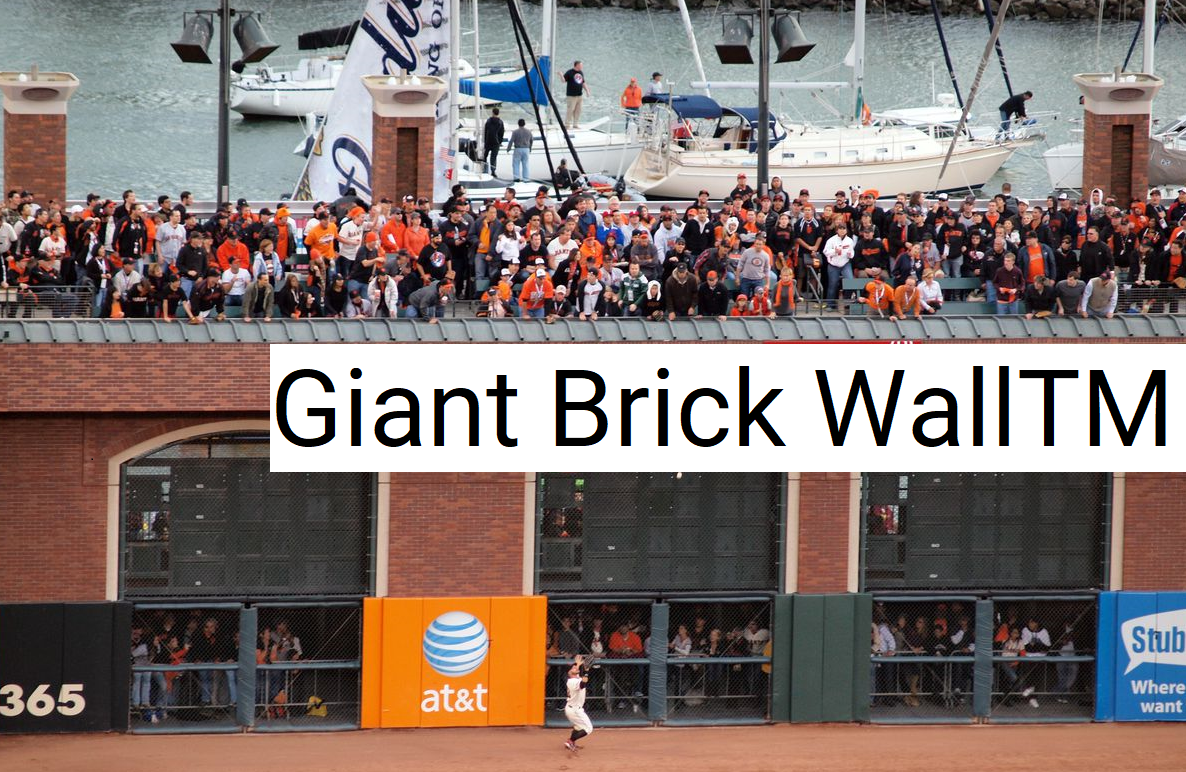With MLB owners forcing us to miss games in 2022, I have pledged to write a Going Deep article every day until the lockout is lifted. Please consider supporting Pitcher List with a PL+ subscription to help us survive through these difficult months.
It’s been a long time since we’ve truly spent time on Alex Cobb. Sure, his 2021 shouldn’t have been ignored with a 25% strikeout rate and 3.74 ERA, but Cobb hasn’t sent substantial ripples among the baseball community since 2014 when he carried a sparkling 2.87 ERA across 166 frames.
Maybe the time has come. Cobb signed a deal with the San Francisco Giants after hurling 93 innings last year and ears perked up. Figurative people sat up in their beds past midnight. Random strangers stopped and stared at the sky. Something is different.
I’m going to cover the basics today. There are no revelations that will startle you about Cobb—he allows a lot of grounders, limits HRs, and San Francisco is perfect for that—but at least I can put it all on a page for us to stare at from afar and possibly get an objective outcome of what to expect in 2022. That’s the best I can do.
Let’s start as we normally do by outlining the strengths of Alex Cobb.
Do Groundballs Dream of Electric Home Runs?
If there’s one thing Cobb has consistently done well, it’s inducing grounders. He boasts a career 53% groundball rate thanks to a sinker/splitter/curveball mix—we’ll get to that.
But it’s more than just inducing grounders: The former Rays starter has limited batters to sub 20% flyball rates each of the last three seasons. Among qualified pitchers in 2018, the lowest flyball rate was 24%. Yeah, it’s exceptional what Cobb is doing.
I want to say “San Francisco is a match made in heaven for Alex Cobb” but honestly, it’s a match made in heaven for any pitcher.
Are you a groundball pitcher? Great, Brandon Crawford is there and he returned a whopping 15 Outs Above Average last year (Cobb saw a pedestrian zero mark in Los Angeles), ranking fifth among all shortstops in the majors.

Are you a flyball pitcher? We got you covered with our Giant Brick WallTM in right field. Come on down and watch those potential home runs turn into doubles and triples—not ideal and you really should consider not allowing those either, but hey, at least it ain’t a run on the board already.

Simply put, Cobb is going from a Park Factor of #8 in Los Angeles to #25 in San Francisco. That’s a significant drop and paired with Crawford’s shortstop defense, it should help things. As long as Cobb pitches decently well, of course.
The Path To Pitching Decently Well
We got the main point out of the way and I can finally talk about his pitches. Will someone please think of the repertoire?! (Sidenote: I have wanted to shout that from the non-existent crowd of podcast recordings/articles as they should always be part of the discussion. BUT I DIGRESS.)
So let’s talk about how Cobb is getting this done, starting with the obvious leader of our worm-burning trio, the sinker.
Sinker Swim
I’m pretty amazed at what Cobb was able to do with his heater last season. Take a look at its marks:
That SwStr rate is laughably low, but look at the swing rate. The league average is roughly 45% for sinkers and Cobb takes full advantage of his opponent’s passivity, earning an elite called-strike rate. Meanwhile, when batters lift the lumber off their shoulders, Cobb isn’t allowing damage over the fence and boasts an excellent HH/PA% (league average is near 32%!), and I’d expect that BABIP on his sinker to lower. (We talked about this. Brandon Crawford ‘n’ whatnot.)
It does this a whole lot:
https://gfycat.com/heavychubbyisabellinewheatear
I wouldn’t say this sinker is destined to soar, but it does make for a decent foundation if Cobb can command his other pitches … and keep that strike rate from plummeting further—a 63.5% strike rate is a little on the low side and could pose problems if he needs to rely on his splitter or curveball to save him.
The Thing About The Thing
For the uninitiated, Cobb’s splitter is known as “The Thing” since his time with Tampa Bay, and I’ve constantly linked Cobb’s success with his feel for the pitch. It may still be the ultimate arbiter but from a season-to-season standpoint, the pitch has been rather consistent.
It induces a ton of grounders and rarely allows balls to soar into the air, a product of an elite loLoc% rate. It’s pretty simple—you always want splitters to be located at the bottom of the zone or lower. Never high, never middle. Normally, pitchers can consistently spot their splitters and changeups around two-thirds of the time, and Cobb is better than most.
Here it is in action:
https://gfycat.com/contentsnoopyiceblueredtopzebra
I’ve expressed my concern with splitters for a long time as a proper #2 pitch. The logic is simple: The grip is difficult to replicate while a consistent release is as difficult as any skill in the game. Very few pitchers in the majors can succeed with a splitter as their #2 pitch, and while Cobb has been strong from a season-long perspective, we’ve seen plenty of ebbs and flows through his seasons with the pitch.
I’m not ready to say Cobb will have this splitter through 2022, but if he’s cruising, you can thank The Thing for its residency.
The Early Hook
If you recall Alex Fast’s exposition on Dylan Bundy a few years back, he outlined Bundy’s ability to get first-pitch strikes with curveballs.
Cobb relies heavily on the same approach. I’m not joking, look at this:
This is hilarious. Seriously, I laughed on stream when I saw it (watch me write this article every morning here!). Cobb is using his curveball nearly exclusively in early counts and it’s working. He steals a ton of called strikes with it, and when batters do take their chances, once again he prevents flyballs. That launch angle is horrendous for hitters and will do wonders in San Francisco.
Sidenote: No, I’ll not show a GIF of his curveball. It’s nothing special, it’s a curveball. You’ve seen them. They’re cool.
Conclusion
Is this the year for Alex Cobb? It could be. Last year’s 1.27 WHIP was propelled by a .315 BABIP (thanks for nothing, sinker) that should fall if Cobb keeps up his same ability. The 8%+ walk rate could still be a bit of an issue: His sinker is teetering between earning enough strikes and too few, which could force out more of the curveball and splitter (they can’t handle the extra burden).
Crawford and the overall San Francisco situation are sure to help Cobb, not to mention the improvements we’ve seen to previous FA pitchers that could be a product of exceptional coaching—Cobb could be the latest benefactor.
I still have slight hesitation that Cobb is destined for greatness. His 25% strikeout rate last year seems a bit inflated, and his repertoire’s fragility (and his own!) suggests many moments of despair. Watch closely for his curveball to get strikes early, sinkers passively taken in the zone, splitters missing bats, and grounders finding Crawford’s glove.
Photo by Frank Jansky/Icon Sportswire|Adapted by Shawn Palmer (@PalmerDesigns_ on twitter)

